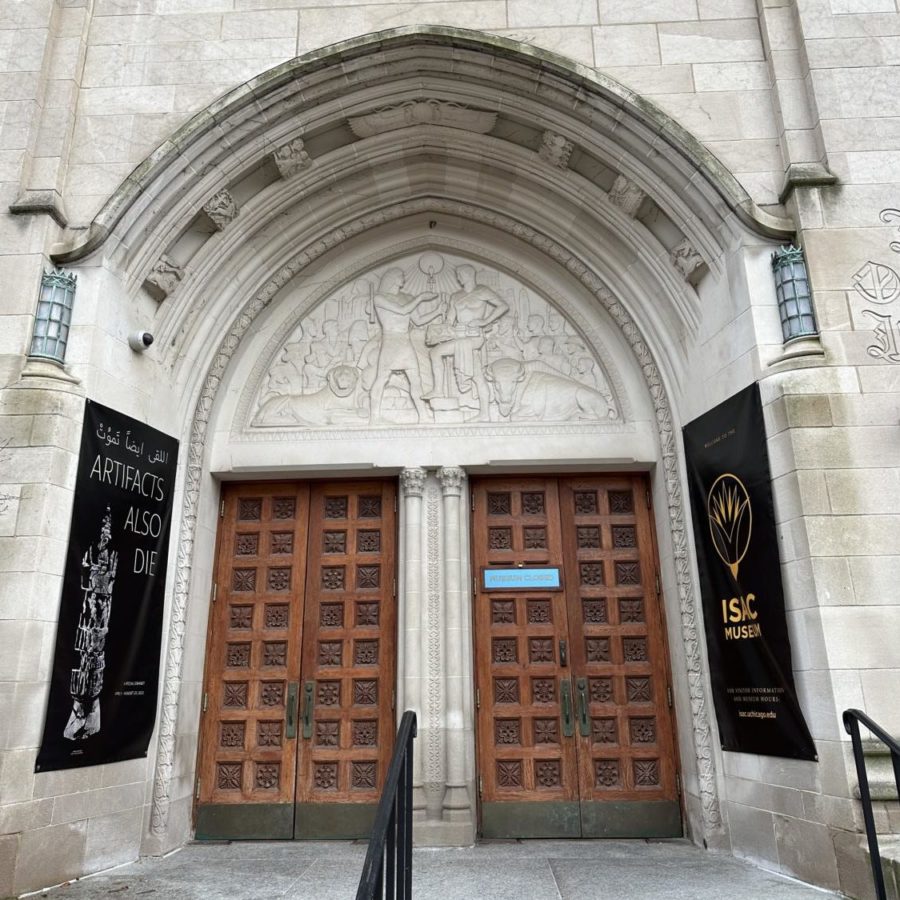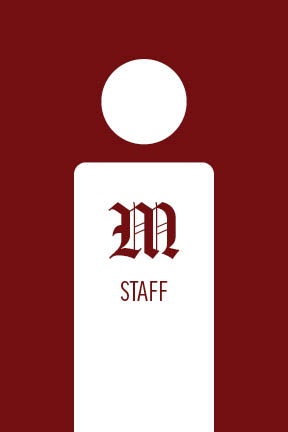With the much anticipated opening of Chipotle two weeks ago, with 114 people served in the first hour and reports of lines around the block in the following nights as well, the University received validation of something its long been claiming: Harper Court and related development projects are what Hyde Park wants. From the student perspective, it’s intuitive that Chipotle would be a success: RSO fundraisers selling their burritos in the past seemed to attract more buyers than any other product. But Chipotle is not just successful with students, at least from anecdotal evidence; it is also a viable option for non-students in the community. Hyde Park has its own identity and vibrancy that can be supported by national chains, so the University should continue to make each development decision with a balance of campus and community needs in mind—especially given that the development is partly funded by the public.
Some local businesses have felt the sting of construction and University development, and argue that these national chains are not reviving Hyde Park but harming what is already here. Business owners, such as the woman who owned the Avignon clothing shop on East 53rd Street for over two decades, felt driven out after the University purchased her property, according to DNAinfo Chicago. Ideally, destination restaurants like Rajun Cajun and Valois, as well as lesser-known parts of the neighborhood, would be helped by development. When done right, the placement of chains like Chipotle can bring in business without replacing quintessential Hyde Park haunts. The Hyatt Place hotel, which opened two months ago, is a national chain and has already brought increased business to the adjacent additions of Kilwins and Harper Theater. The University should consider the possible benefits of this spillover effect for Hyde Park staples when planning the placement of national chains and strive to attract businesses that are not only viable in and of themselves, but also complement what’s already here.
That delicate balance in development planning can be helped by acute attention to the desires of the University in conjunction with the desires of the broader community. One development along East 53rd Street that has drawn ire from the community is a high-rise retail and residential building, Vue53, across from Nichols Park at the site of the old Mobil gas station. That decision sparked the reformation of Citizens for Appropriate Retail and Residential Development in protest, who argued that the building would be an eyesore and congest traffic in an already-busy school zone and park area. Although there were multiple community meetings, they were clearly not persuasive enough to prevent residents from suing the city over the proposed development. The group could just be a loud minority, but it is in the University’s interest to show how it will help native Hyde Park businesses, and why the development needs to be in that particular spot, before proceeding. As a neighborhood power broker, Fourth Ward Alderman Will Burns (A.B. ’95, A.M. ’98) also has a responsibility to address these concerns.
The University has the potential to increase foot traffic for local businesses by placing national chains in the right places. In order to strike the balance that best benefits Hyde Park as a whole, it cannot ignore the views of the local businesses and members of the community. Instead, it can find creative ways to integrate development decisions—something already exemplified in a commercial for East 53rd Street featuring old and new businesses alike. New national chains may add appeal to an already vibrant community, but they are not—and shouldn’t be—what define East 53rd Street, nor Hyde Park.
The Editorial Board consists of the Editors-in-Chief and the Viewpoints Editors.










